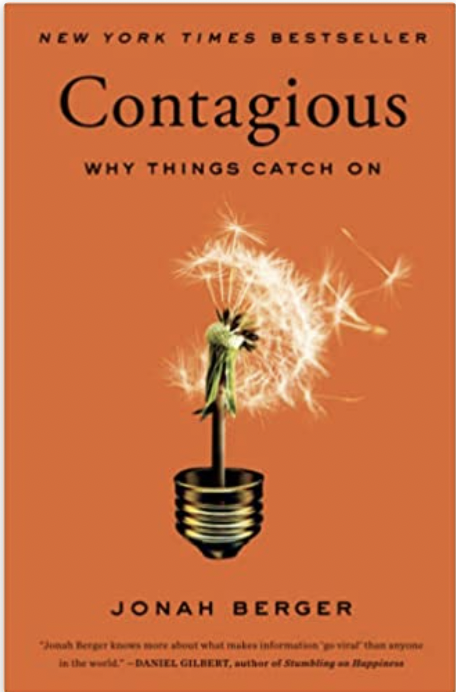The Key to Viral Growth

Have you ever stopped to ponder how certain things—Rebecca Black’s “Friday,” the ALS Ice Bucket Challenge, Fidget Spinners, or Planking—manage to take society by storm? Why these things, and not the trillions of other trends, seem to captivate us? If so, you’re not alone.
In my quest to discover the answers to these questions, I stumbled across Wharton University Marketing Professor Jonah Berger. In his book “Contagious: Why Things Catch On,” Berger reveals the science behind product virality and the six “STEPPS” that drive all sorts of things to virality.
The Six STEPPS for Product Virality
I would like to start by acknowledging that the summary below is based on both Berger’s book and my own personal observations. It’s also important to note that not every contagious idea requires all of these elements, but the more elements there are, the more likely the idea is to spread from one person to another.
Berger’s research ascertains that there are six “STEPPS” that can help a product or idea reach virality:
1. Social Currency.
We share things that make us look good.
Whether it’s a cool new speakeasy that’s been discovered or a great concert, we all want to associate ourselves with things that make us look cool when we share them. It’s the reason so many people became Game of Thrones or Squid Game fans, and why so many people are willing to shell out large sums of money for the newest Apple products. Your product or idea is more likely to gain traction if it’s something people want to be associated with.
2. Triggers.
Top of mind, tip of tongue.
Humans naturally make connections to the world around them. If you realize it’s Friday, you might inadvertently think of Rebecca Black’s song “Friday” and ask your friend if they’ve heard it. If someone mentions they like to grill, it might make you think of your new favorite seasoning that you want them to try. These are all triggering events that cause related products to cross your mind.
Make sure your product or idea is closely associated with frequent triggers for your target demographic. For example, Kit Kat sales went through the roof once they began marketing that Kit Kats went great with a cup of coffee. Given the popularity of coffee, this provided numerous opportunities for triggering events; when people thought of coffee, they automatically thought of Kit Kats as well.
3. Emotion.
When we care, we share.
When humans are in a heightened emotional state, they are more likely to share. This happens because it elevates the heart rate and when the heart rate is elevated, people are more likely to take action and share. This is true regardless of what emotion—happiness, shock, sadness, anger—is causing the elevated emotional state. If your product can create that heightened emotional state, people are more likely to share your product with others. Spike the heart rate, spike the virality.
4. Public.
Built to show, built to grow.
Humans are herd animals; we gain trust in a product when we see others using it. This means that your product is more likely to succeed if it is readily visible because it increases brand awareness and encourages more people to use it.
A simple example of this is when you are in a restaurant and see a waiter taking something appetizing to a neighboring table. As the delectable morsel passes by, you now know that A) it exists and B) it must be good since someone else ordered it. Maybe they have insider information? Maybe it’s as good as it looks? Whether or not your impressions are accurate, the odds of you ordering that dish have increased substantially because it was visible.
5. Practical Value.
News you can use.
People are more inclined to share something if they know it can benefit the person they’re sharing it with. For example, if your friend is starting a podcast and you come across an interesting article about podcasting, you are more likely to share it with your friend because you know that it will benefit them.
6. Stories.
Information travels under the guise of idle chatter.
Stories are amazing vehicles for communication. They act as Trojan Horses for the message you want to deliver. Take Dawn liquid dish detergent, for example. In 2010, Dawn released a series of commercials showing that it was the soap of choice for cleaning marine mammals and birds following oil spills. As people shared this heartwarming story of otters and ducklings rescued from certain death, they also shared Dawn’s brand and increased its sales.
Benefits of the STEPP Method
If you are attempting to create the next viral trend, the STEPP Method is a must-follow. By using these steps, you increase the likelihood that your product will be shared through word-of-mouth and content sharing, both of which are holy grails for growth.
If you’re interested in building your brand or product to trigger viral growth like we’re talking about, contact us today to learn more about how we can help
